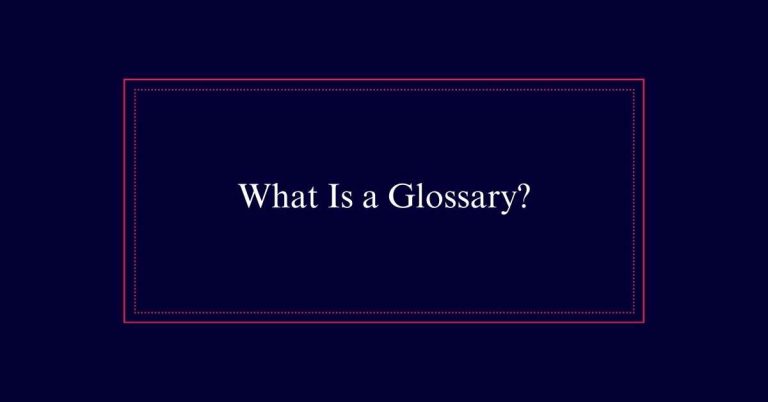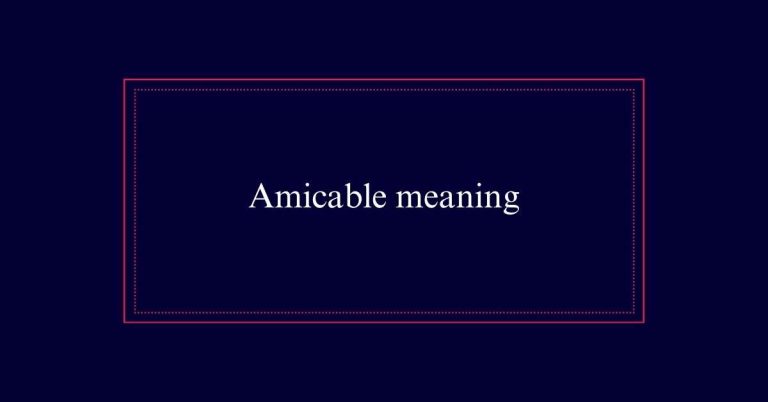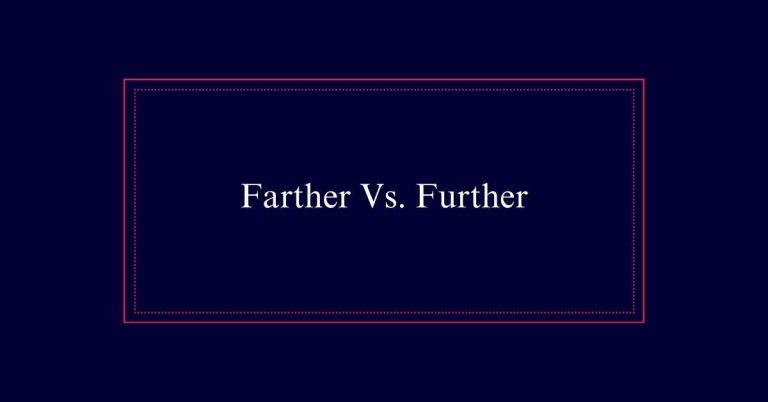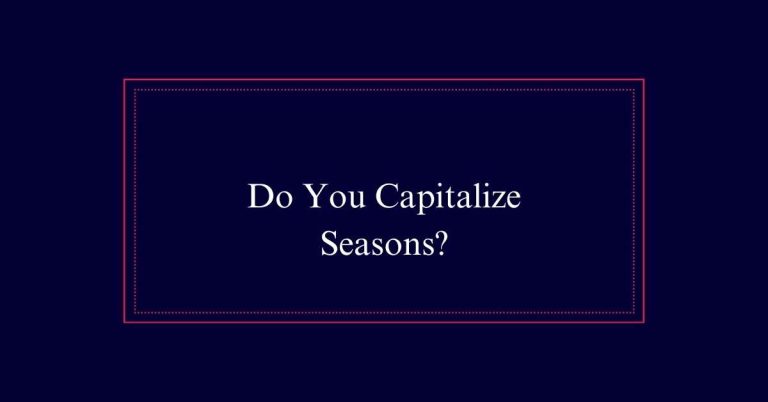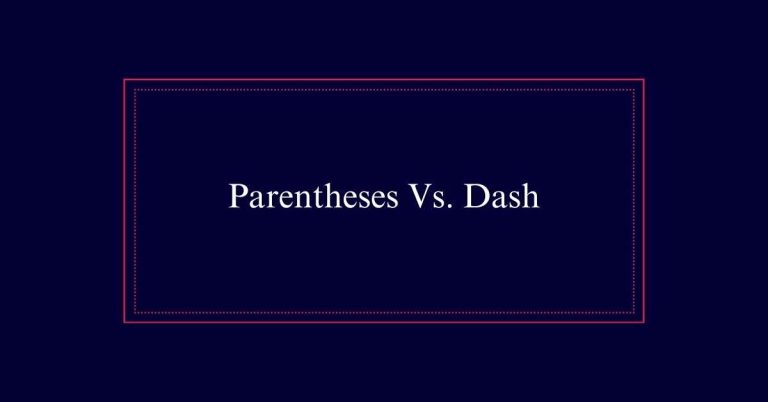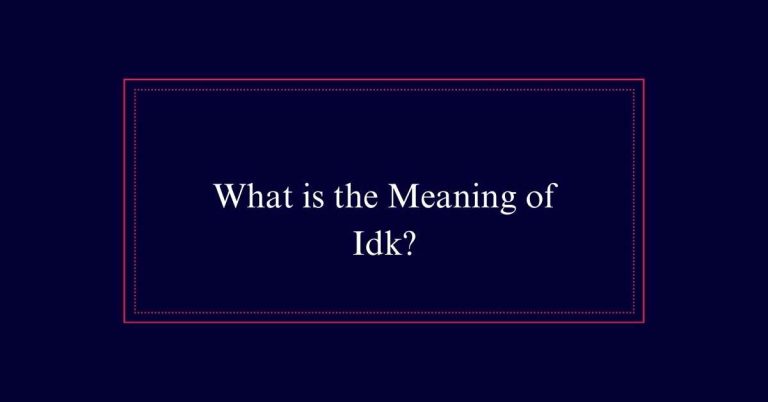How Do You Conjugate “See”?
The verb ‘see’ is irregular and follows unique conjugation patterns. In the present tense, it remains ‘see’ for most subjects, but changes to ‘sees’ for third-person singular subjects (he, she, it). In the past tense, ‘see’ is conjugated as ‘saw.’ Understanding these forms is essential for accurate communication. Unlike regular verbs, irregular verbs like ‘see’ do not follow standard rules and must be memorized.
Regular Vs. Irregular Verbs
Understanding the differences between regular and irregular verbs is essential for mastering English conjugation. Regular verbs follow predictable patterns. They are conjugated in a standardized way, making them easier to learn. For example, the verb ‘to walk’ becomes ‘walked’ in the past tense. This consistency helps learners form correct sentences without much effort.
Irregular verbs, on the other hand, do not follow these standard rules. They require memorization as their conjugation patterns are unique. This makes them a common source of errors. Many frequently used English verbs are irregular, such as ‘see,’ ‘be,’ ‘have,’ ‘make,’ and ‘do.’
What Are Irregular Verbs?
Irregular verbs are verbs that do not follow standard conjugation rules. Unlike regular verbs, which change in predictable ways, irregular verbs have unique forms. For example, the verb ‘see’ does not follow a simple pattern when conjugated. Instead of ‘see-ed,’ we say ‘saw’ for the past tense and ‘seen’ for the past participle.
Many high-frequency verbs in English are irregular. Some common examples include ‘be,’ ‘have,’ ‘make,’ and ‘do.’ These verbs change in ways that learners must remember rather than deduce. Because they are used so frequently, mastering their forms is essential for clear and correct communication.
Importance of Memorization
Memorization is essential for mastering irregular verbs. These verbs do not follow standard conjugation rules, making them tricky to learn. Knowing their forms is important for accurate language use.
Here are four effective strategies to aid memorization:
- Flashcards: Create flashcards with the base form on one side and the conjugated forms on the other.
- Mnemonic Devices: Use memory aids to link irregular verb forms with familiar patterns or stories.
- Regular Practice: Consistently practice using irregular verbs in sentences to solidify your understanding.
- Contextual Learning: Apply irregular verbs in real-life contexts to enhance recall and fluency.
Conjugating “See” in Present
In the present tense, the verb ‘see’ is conjugated as ‘see’ for all subjects except third-person singular, which is ‘sees’. This distinction is a common feature in English verb conjugation. Here is a simple table to illustrate:
| Subject | Conjugation |
|---|---|
| I | see |
| You | see |
| He/She/It | sees |
| We/You/They | see |
As shown, ‘see’ remains the same for most subjects. However, when the subject is third-person singular (he, she, it), ‘see’ changes to ‘sees’. Understanding this difference is important for proper verb usage in sentences.
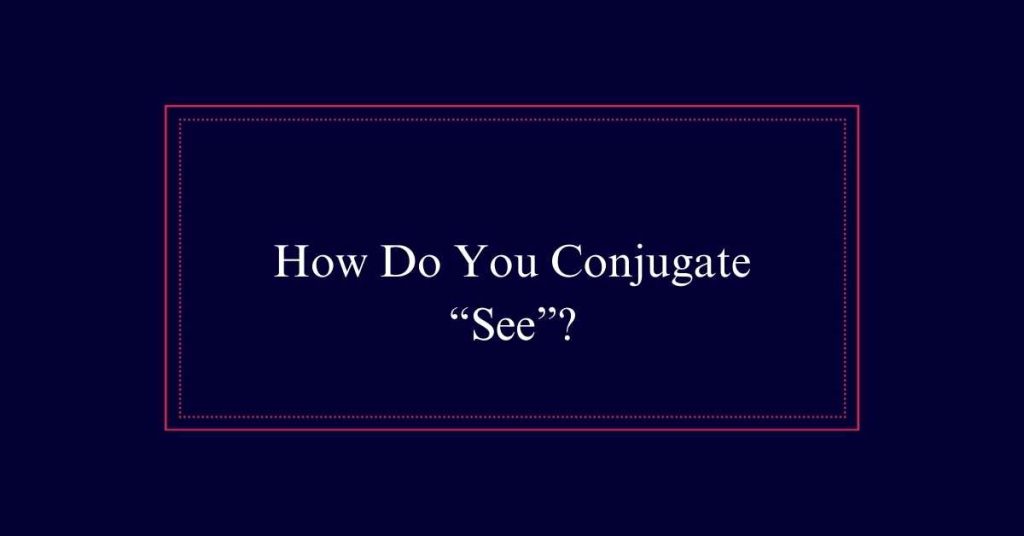
Conjugating “See” in Past
To conjugate ‘see’ in the past tense, use ‘saw’ for all subjects. Unlike regular verbs, ‘see’ is irregular and does not follow standard conjugation rules. Memorizing its past form is crucial for correct usage. Here are a few examples to illustrate:
- I saw – ‘I saw a beautiful sunset yesterday.’
- You saw – ‘You saw the movie last weekend.’
- He/She/It saw – ‘She saw her friend at the park.’
- We/They saw – ‘They saw the performance last night.’
Using ‘saw’ correctly ensures clarity in past tense communication. Remember, practice helps in mastering irregular verbs. Regularly revisiting these forms will improve your language proficiency and reduce errors in your writing and speech.
Conjugating “See” in Future
Conjugating ‘see’ in the future tense requires combining ‘will’ with the base form ‘see’. This structure is straightforward and follows a simple pattern. For example, ‘I will see,’ ‘You will see,’ ‘He/She/It will see,’ ‘We will see,’ ‘They will see.’
The word ‘will’ indicates that the action will happen in the future. This form does not change regardless of the subject. This makes it easier to use ‘see’ in future sentences.
Unlike other tenses, the future tense does not require any changes to the verb itself. Remembering this structure will help you accurately convey future actions involving ‘see.’
Common Irregular Verbs
Many English verbs are irregular and do not follow standard conjugation rules. These verbs can be challenging because they deviate from predictable patterns.
Here are some common irregular verbs that frequently appear in everyday language:
Be:
- Present – ‘am/is/are,’
- Past – ‘was/were,’
- Past Participle – ‘been’
Have:
- Present – ‘have/has,’
- Past – ‘had,’
- Past Participle – ‘had’
Make:
- Present – ‘make/makes,’
- Past – ‘made,’
- Past Participle – ‘made’
Do:
- Present – ‘do/does,’
- Past – ‘did,’
- Past Participle – ‘done’
Knowing these irregular verbs is essential for accurate communication. Regular practice with them will improve fluency and reduce errors.
Tips for Memorizing Verbs
Understanding the unique patterns of common irregular verbs is a stepping stone to mastering their memorization. Regular practice is essential. Use flashcards to reinforce memory. Write down the verbs and their conjugations.
Repetition helps embed these forms in your mind. Mnemonic devices can also be useful. Create simple sentences with the verbs to see them in context. Group similar verbs together to identify patterns.
Engage in daily practice sessions to maintain retention. Consistent exposure, such as reading and listening, improves recall. Finally, test yourself regularly to gauge your progress.
Avoiding Conjugation Errors
Errors in verb conjugation can greatly impact the clarity of your communication. Irregular verbs, like ‘see,’ often cause confusion. Here are some tips to avoid conjugation errors:
- Memorize Irregular Forms: Learn the past and past participle forms of irregular verbs. For ‘see,’ remember ‘saw’ (past) and ‘seen’ (past participle).
- Practice Regularly: Consistent practice helps reinforce correct forms. Use flashcards or apps to test your knowledge.
- Use Context: Pay attention to how verbs are used in sentences. This aids in understanding correct conjugation.
- Seek Feedback: Have someone review your writing to catch mistakes. Constructive feedback helps you learn and improve.
Practice Exercises
To master the conjugation of irregular verbs like ‘see,’ engaging in practice exercises is essential. Start by writing sentences using different tenses: present (see), past (saw), and past participle (seen).
Create flashcards with these forms to test yourself. Use mnemonic devices to remember the irregular patterns. Practice with fill-in-the-blank exercises to reinforce your learning. For example, ‘Yesterday, I ___ a movie’ (saw).
Reading and writing daily in English helps solidify these forms in context. Online quizzes and language apps also offer interactive ways to practice. Consistent practice reduces errors and improves fluency.
Frequently Asked Questions
What Are Some Example Sentences Using the Verb ‘See’?
Here are some example sentences using the verb “see”: “I see the mountains every morning.” “She saw a movie last night.” “They have seen many changes over the years.” “We will see the results tomorrow.”
How Do Cultural Differences Affect the Use of ‘See’?
Cultural differences can impact the use of “see” through varying idiomatic expressions and contexts. For example, “I see” might imply understanding in English, while similar phrases in other languages could have distinct nuances.
Are There Any Idiomatic Expressions That Use ‘See’?
Yes, there are idiomatic expressions that use “see.” Examples include “see eye to eye,” meaning to agree, and “see the light,” meaning to understand or realize something. These expressions enhance communication by adding nuance.
What Is the Etymology of the Verb ‘See’?
The verb “see” originates from Old English “sēon,” which stems from the Proto-Germanic “*sehwan.” Its roots trace back to the Proto-Indo-European “*sekw-,” meaning “to follow” or “to watch.” This reflects its ancient linguistic heritage.
How Is ‘See’ Used in Different English Dialects?
The verb ‘see’ is used similarly across various English dialects, with minor differences in pronunciation and regional expressions. In all dialects, ‘see’ retains its basic meaning of perceiving with the eyes or understanding.



